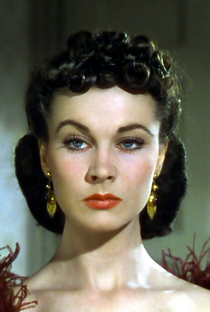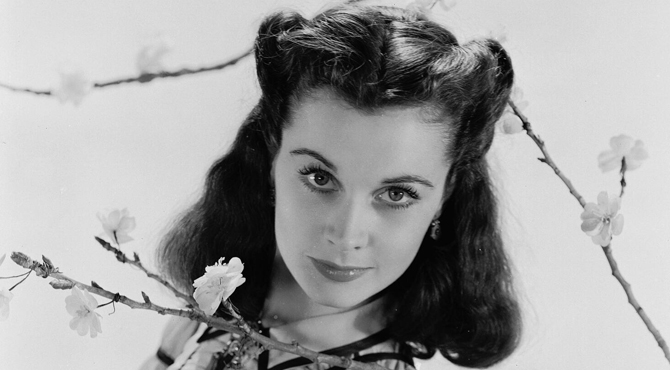Vivien Leigh, Lady Olivier, remains one of the most iconic actresses in cinematic and theatrical history. Best remembered for her Academy Award-winning performances as Scarlett O’Hara in Gone with the Wind (1939) and Blanche DuBois in A Streetcar Named Desire (1951), Leigh’s legacy extends far beyond the silver screen. Her refined elegance, intense emotional depth, and dedication to her craft made her a formidable figure in both Hollywood and the theatre.

Early Life and Roots in India
Born Vivian Mary Hartley on November 5, 1913, in Darjeeling, then part of British India, Leigh was the only child of Ernest Hartley, a British cavalry officer, and Gertrude Yackje, of Irish and Armenian descent. Raised initially in India, she showed an early flair for the performing arts. At the age of three, she took the stage in her mother’s amateur theatre group, reciting Little Bo Peep.
Her mother introduced her to a world of literature and storytelling—from fairy tales to Greek mythology and Indian folklore. At age six, Leigh was sent to the Convent of the Sacred Heart in Roehampton, England, where she formed a childhood friendship with future Hollywood actress Maureen O’Sullivan. Even at that young age, Leigh declared her ambition: to become “a great actress.”

A Career that Blazed on Stage and Screen
Leigh’s screen career reached dazzling heights with her portrayal of Scarlett O’Hara, the headstrong Southern belle in Gone with the Wind. Despite being British, she mastered the role so convincingly that she earned global acclaim and her first Oscar. A decade later, her haunting performance as Blanche DuBois, a fragile and delusional woman in Tennessee Williams’ A Streetcar Named Desire, brought her a second Academy Award. She had first played Blanche in London’s West End, proving her ability to captivate both screen and stage audiences.
Offscreen, Leigh was also a celebrated stage performer, often working alongside her husband, Laurence Olivier, one of the great actors and directors of the 20th century. Together, they appeared in several productions, with Olivier directing her in many Shakespearean roles, including Ophelia, Cleopatra, Juliet, and Lady Macbeth. She also shone in comedies by Noël Coward and George Bernard Shaw.
Beauty and Burden
While Leigh was universally admired for her classic beauty, she felt it often worked against her. Casting directors and critics sometimes overlooked her acting depth, seeing her more for her appearance than her talent. But far more limiting was her lifelong battle with bipolar disorder, which frequently disrupted her work and personal relationships. Her condition contributed to a reputation for being difficult to work with and led to painful periods of professional inactivity.
Adding to her suffering, Leigh was also afflicted by chronic tuberculosis, first diagnosed in the mid-1940s. The illness recurred throughout her life and ultimately caused her death in 1967 at the age of 53.
A Complicated Love and Final Years
Leigh’s relationship with Laurence Olivier was one of the most talked-about romances in the arts world. Though deeply in love and creatively intertwined for many years, their marriage was tested by Leigh’s mental health and the pressures of fame. They divorced in 1960, ending a partnership that had defined an era of British theatre.
In her final years, Leigh continued to act sporadically, both on stage and in film, despite declining health. Her final performances were a testament to her resilience and enduring passion for the art of acting.
Legacy
Vivien Leigh’s legacy is as complex as it is brilliant. She was a woman of exceptional talent, whose performances left an indelible mark on classic cinema and theatre. Behind her luminous smile and poised performances lay deep personal struggles that shaped—and at times hindered—her career.
But even through illness and turmoil, Vivien Leigh never ceased to chase her youthful dream of being “a great actress.” And in the eyes of generations of audiences, she most certainly was.
